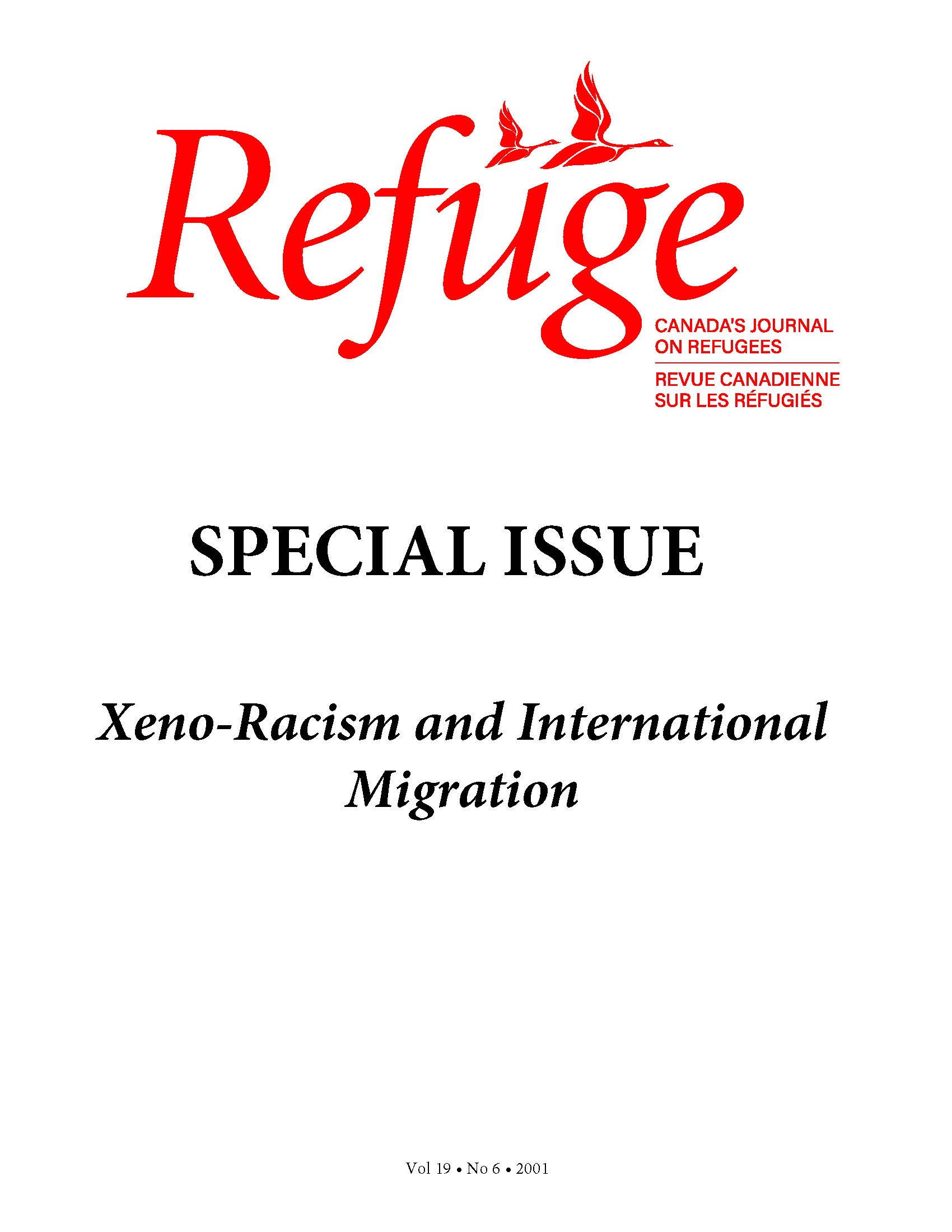Change and Challenge at UNHCR: A Retrospective of the Past Fifty Years
DOI:
https://doi.org/10.25071/1920-7336.21238Keywords:
UNHCR, forced migration, humanitarian assistance, geopolitics, geography, lawAbstract
The United Nations High Commissioner for Refugees (UNHCR) is arguably the lead UN agency in complex humanitarian emergencies. But this is a recent role, whereby UNHCR provides assistance to displaced persons both beyond international borders, in refugee camps, and within conflict zones. The agency has evolved, in practice, beyond its original mandate to protect refugees and ensure solutions to their plight. This short article traces the emergence of UNHCR after World War II in the context of cold war geopolitics and provisions of international law. Specific references are made to the OAU Convention on Refugees and the Cartagena Declaration, both of which shape a specific geography of refugee determination in Africa and the Americas respectively. The paper concludes that with the end of the superpower tensions, humanitarian assistance is being delivered in distinct ways and with new meanings.Metrics
Downloads
Published
How to Cite
Issue
Section
License
Copyright (c) 2001 Jennifer Hyndman

This work is licensed under a Creative Commons Attribution-NonCommercial 4.0 International License.
Refuge authors retain the copyright over their work, and license it to the general public under the Creative Commons Attribution-Non Commercial License International (CC BY-NC 4.0). This license allows for non-commercial use, reproduction and adaption of the material in any medium or format, with proper attribution. For general information on Creative Commons licences, visit the Creative Commons site. For the CC BY-NC 4.0 license, review the human readable summary.







